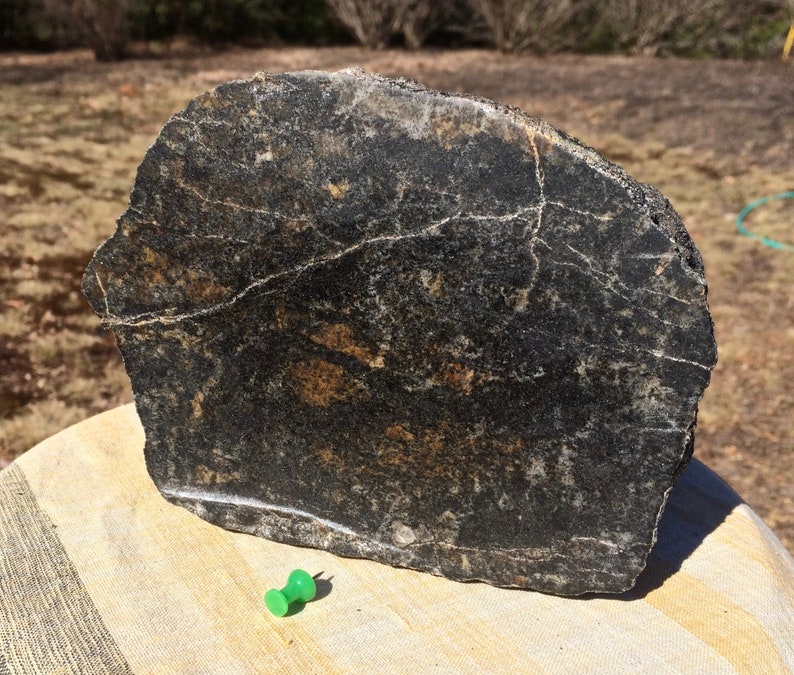

During the course of a year, the Earth encounters many of these orbits producing more meteors in our sky. They travel in much the same orbit as their parent bodies (the objects from which the meteoroids originally separated). Other meteoroids are formed by the disintegration of comets and asteroids. These particles were thrown into random orbits around the Sun and they account for a majority of the meteors we see. Most meteoroids traveling through space are particles of interplanetary collisions that occurred eons ago. While they start out straight, the speedy high altitude winds (around 80 kilometers or 60 miles high) can distort them into strange shapes. The longer lasting trails are called trains. This trail can last from a few seconds to many minutes.

These remnants are called meteorites.Īs the rare, larger meteoroids enter the atmosphere, they often leave a smoke trail behind.

Very rarely a meteoroid with sufficient size will enter the Earth's atmosphere and remnants of the original mass will survive the journey through the atmosphere. It is the tremendous friction that causes the meteor to produce light and to ultimately disintegrate before reaching the Earth's surface. When these meteoroids encounter the Earth, they may enter the atmosphere a speeds up to 72 kilometers per second (45 miles per second). Meteoroids (meteors traveling in space) can orbit the Sun at a velocity of up to 42 kilometers per second (26 miles per second). What makes these tiny specks appear as bright streaks is the tremendous velocity at which they strike the Earth's atmosphere. These fleeting streaks of light are nothing more than minute specks of interplanetary debris colliding with the upper regions of the Earth's atmosphere. E-mail: are meteors and why do they glow?Īnyone who has spent time outdoors at night has seen an occasional "shooting star" in the dark sky.


 0 kommentar(er)
0 kommentar(er)
